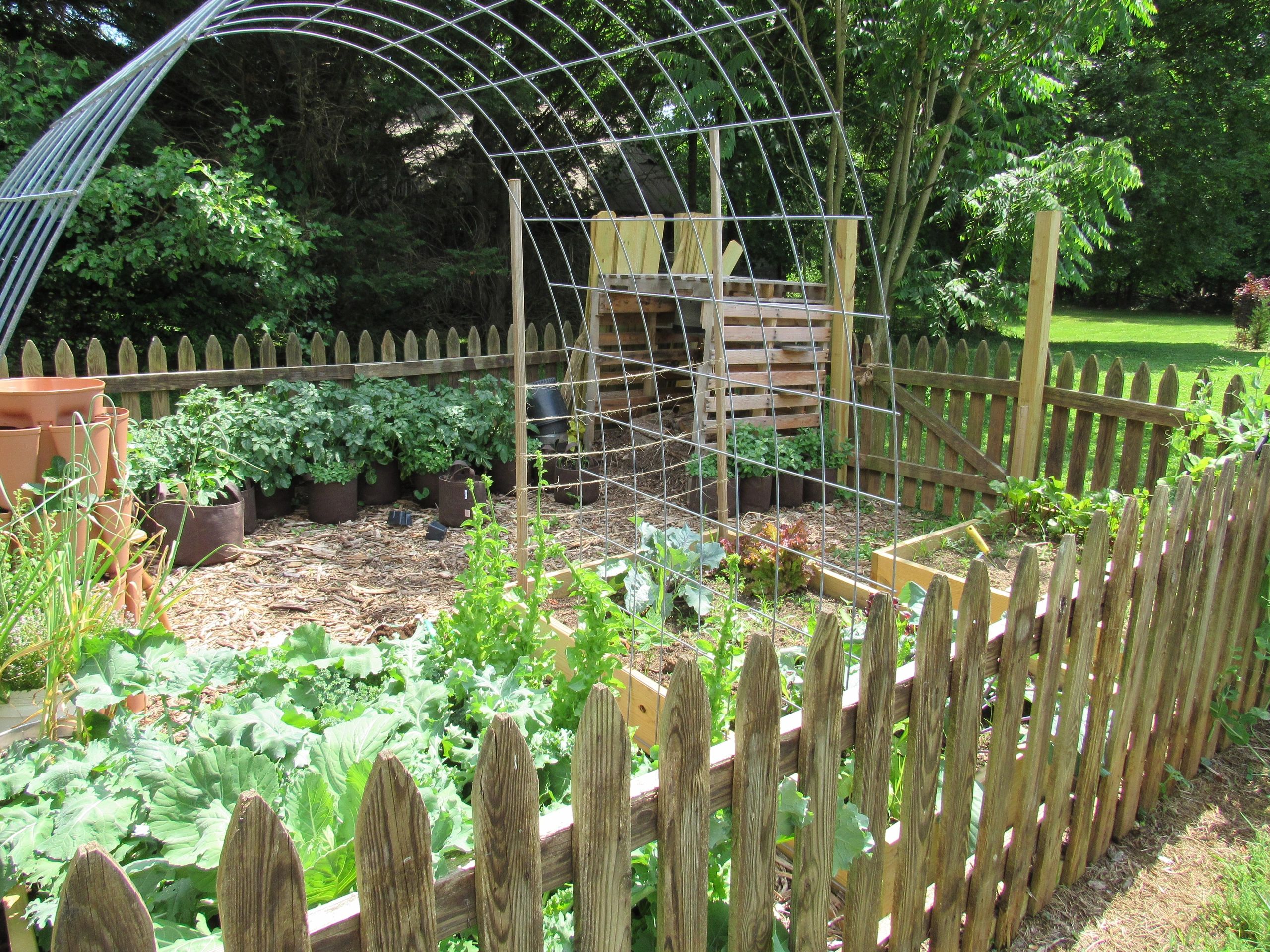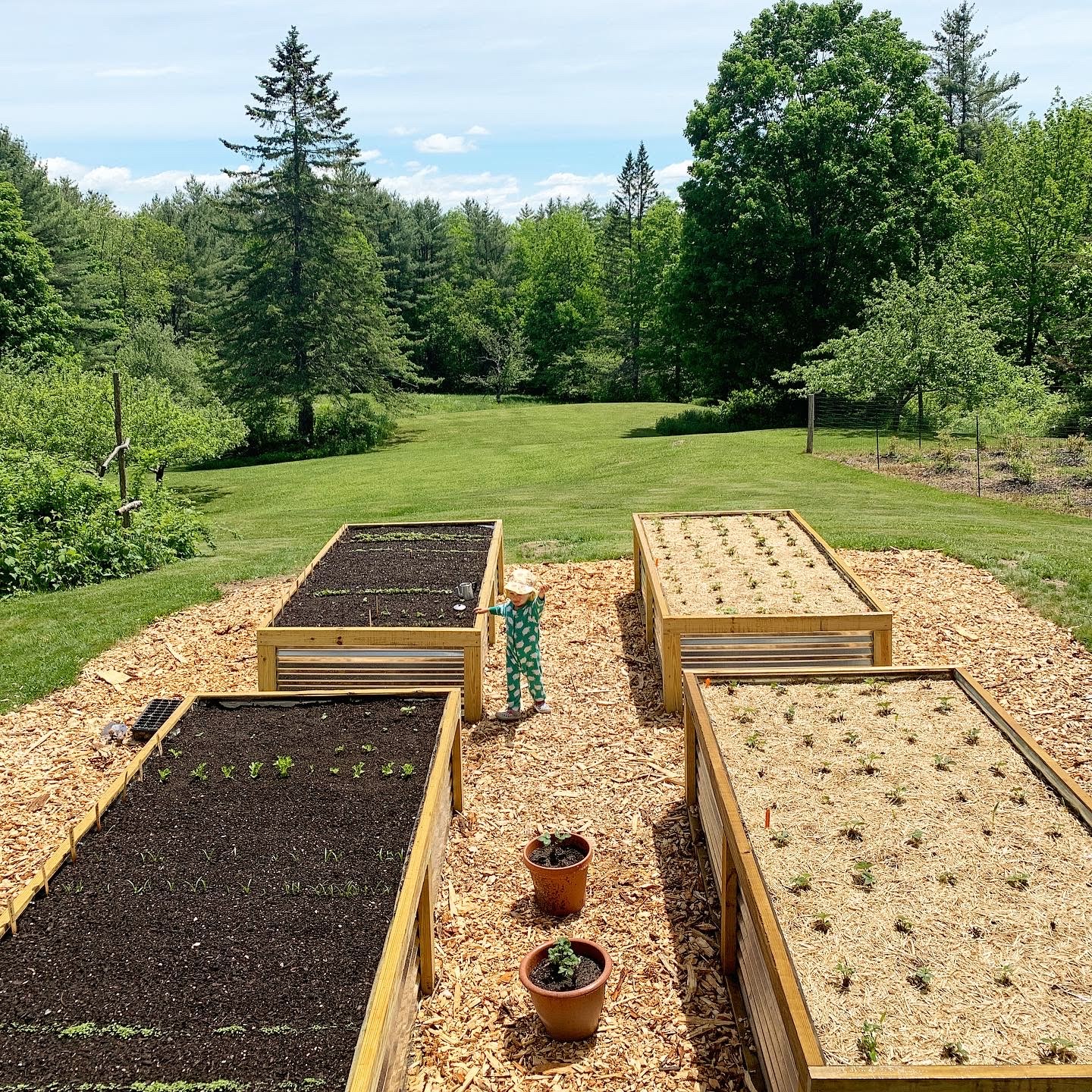How You Can Improve Your Health With Homestead Gardening
How You Can Improve Your Health With Homestead Gardening
Blog Article
Discover Important Tips for Effective Horticulture Techniques and Practices
Gardening, typically viewed as a straightforward pastime, includes a variety of techniques and practices that can dramatically influence the outcome of your efforts. By focusing on crucial elements such as soil health and wellness, reliable sprinkling techniques, and proper plant choice, garden enthusiasts can create a successful ecological community that supports dynamic growth. Understanding the nuances of pest management and seasonal upkeep can better boost performance. Yet, several fanatics forget critical information that can make or damage their horticulture success-- checking out these ignored elements may reveal the key to cultivating a flourishing garden.
Recognizing Soil Wellness
Soil wellness is an essential element of effective gardening, as it straight influences plant growth, vitamins and mineral availability, and ecosystem balance. Healthy and balanced soil is identified by a rich biodiversity of bacteria, natural matter, and a well balanced pH level, which together develop an environment helpful to plant development.
To comprehend dirt health, one must consider its physical, chemical, and organic residential or commercial properties. The appearance and structure of soil impact its capacity to retain wetness and nutrients, while the chemical make-up identifies the schedule of important aspects like nitrogen, phosphorus, and potassium. Routine soil screening is critical to assess these elements, enabling garden enthusiasts to make informed decisions relating to modifications and plant foods.
Furthermore, promoting biological activity within the dirt is crucial for keeping its health. Practices such as composting, crop rotation, and making use of cover crops can enhance microbial diversity, enhance nutrient cycling, and lower dirt erosion. By focusing on soil health, gardeners not only maximize plant development yet additionally add to a lasting ecological community, ensuring that their gardening techniques are durable and ecologically accountable in time.
Effective Watering Strategies
Making certain that plants obtain the ideal quantity of water is essential for their wellness and development, specifically when paired with a strong structure of soil health (Homestead Gardening). Efficient watering techniques can considerably affect plant vitality, lowering water wastage and promoting optimum development
One basic technique is deep watering, which motivates roots to expand deeper into the dirt, enhancing dry spell resistance. This technique commonly includes sprinkling less regularly but in bigger quantities, enabling moisture to permeate the origin zone extensively. Timing is also vital; early morning is the suitable time to water, as it minimizes dissipation and permits foliage to completely dry throughout the day, minimizing disease dangers.
In addition, employing compost can aid keep dirt dampness and control temperature level, more aiding effective sprinkling practices. Using a drip watering system can additionally provide targeted wetness straight to the origins, guaranteeing that water gets to where it's most required while preserving resources.
Checking rains and soil moisture levels can assist changes in your watering schedule, making sure plants obtain regular hydration without over-saturation. By adopting these efficient watering methods, garden enthusiasts can cultivate a thriving environment for their plants to thrive.
Plant Choice and Positioning
How can the best plant option and strategic placement transform a yard right into a flourishing environment? The synergy between plant ranges and their positioning is crucial for creating a vivid garden. When choosing plants, think about aspects such as climate, dirt type, and sunlight exposure. Native varieties are often the most effective selection as they are adjusted to neighborhood problems and call for less maintenance.
Strategic positioning involves arranging plants according to their development routines and needs. Taller plants should be positioned at the back of boundaries to stop shading much shorter plants. Furthermore, grouping plants with comparable water and light demands can boost their development and decrease competitors for resources.
Incorporating a variety of plants not only includes aesthetic allure however also advertises biodiversity, drawing in advantageous insects and pollinators. Take into consideration the seasonal modifications in your yard; choose a mix of perennials, evergreens, and annuals to make certain year-round rate of interest.
Lastly, bear in mind to evaluate the fully grown size of plants prior to planting to prevent overcrowding and make certain check these guys out ample air flow. Thoughtful plant selection and calculated placement develop an unified setting, enabling your garden to grow while reducing obstacles.
Insect and Disease Monitoring
Efficient pest and illness management is crucial for maintaining a healthy and balanced garden ecological community - Homestead Gardening. A proactive strategy, integrating social, biological, and chemical strategies, can dramatically decrease the influence of insects and conditions on your plants

Biological controls, such as introducing useful bugs like ladybugs or predative termites, can keep bug populations in check without harming the environment. Additionally, maintaining plant health through correct watering, fertilizing, and trimming will certainly boost their strength versus illness.
When intervention is required, select targeted chemical treatments, making sure to comply with application guidelines to reduce harm to non-target organisms. Always focus on lasting methods, as they promote long-term garden health and eco-friendly equilibrium. By incorporating these approaches, garden enthusiasts can properly take care of bugs and illness, guaranteeing thriving plants and a productive garden.

Seasonal Maintenance Practices
In spring, emphasis on soil prep work by testing pH degrees and adding needed amendments. Consistently check arising plants for bugs and diseases.
As summer season methods, make certain sufficient watering while checking for indications of stress and anxiety or illness. Trim back overgrown plants to motivate air circulation and minimize moisture around foliage. This click here now method not just enhances plant health and wellness but likewise advertises flowering and fruiting.
With the arrival of fall, it's time to prepare for wintertime. Tidy up fallen leaves and particles to avoid parasite infestations, and take into consideration planting cover crops to enhance dirt health. This period is also perfect for separating perennials and planting spring-flowering light bulbs.
Conclusion
Successful gardening joints on the combination of sound practices in dirt wellness, watering, plant selection, bug monitoring, and seasonal maintenance. By prioritizing soil screening and microbial variety, utilizing efficient sprinkling strategies, and choosing proper plants, garden enthusiasts can create flourishing ecological communities. In addition, aggressive pest management and thorough seasonal maintenance add significantly to overall garden vitality. Embracing these methods promotes a sustainable and effective horticulture atmosphere, making certain prospering development and strength throughout the altering periods.
By prioritizing essential components such as dirt health, reliable sprinkling techniques, and appropriate plant option, gardeners can create a growing environment that supports vivid development. By prioritizing dirt health, garden enthusiasts not only optimize plant development but additionally contribute to a lasting environment, ensuring that their horticulture practices are eco accountable and resilient he has a good point over time.
Taller plants ought to be placed at the back of borders to stop shading much shorter plants. Clean up dropped leaves and particles to avoid pest problems, and consider growing cover plants to enrich dirt health.Effective gardening joints on the combination of audio practices in soil wellness, watering, plant selection, bug management, and seasonal maintenance.
Report this page